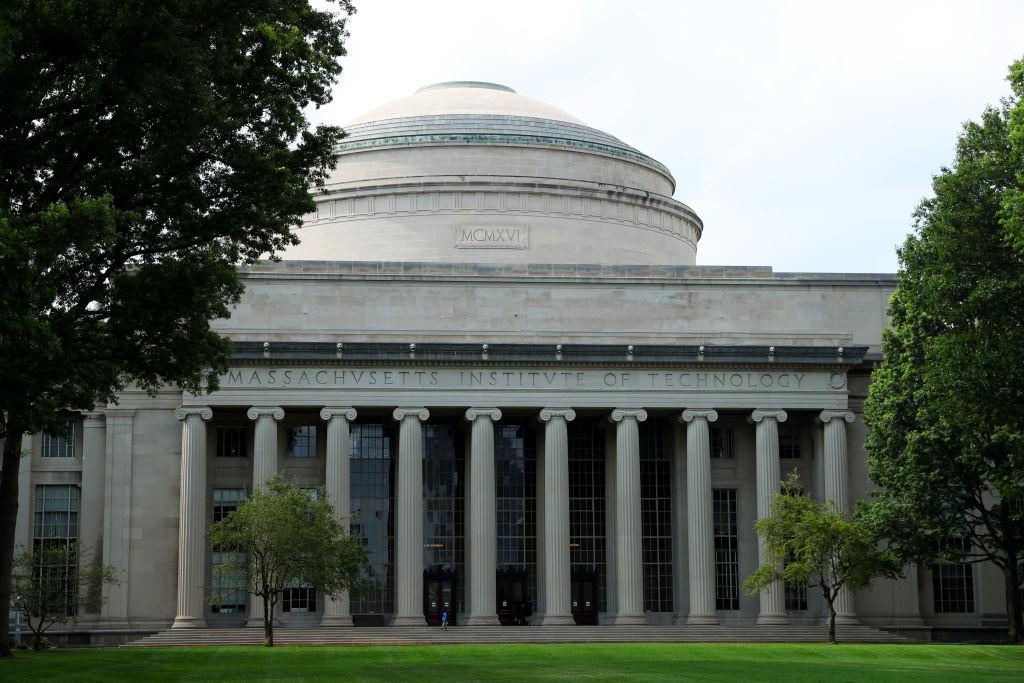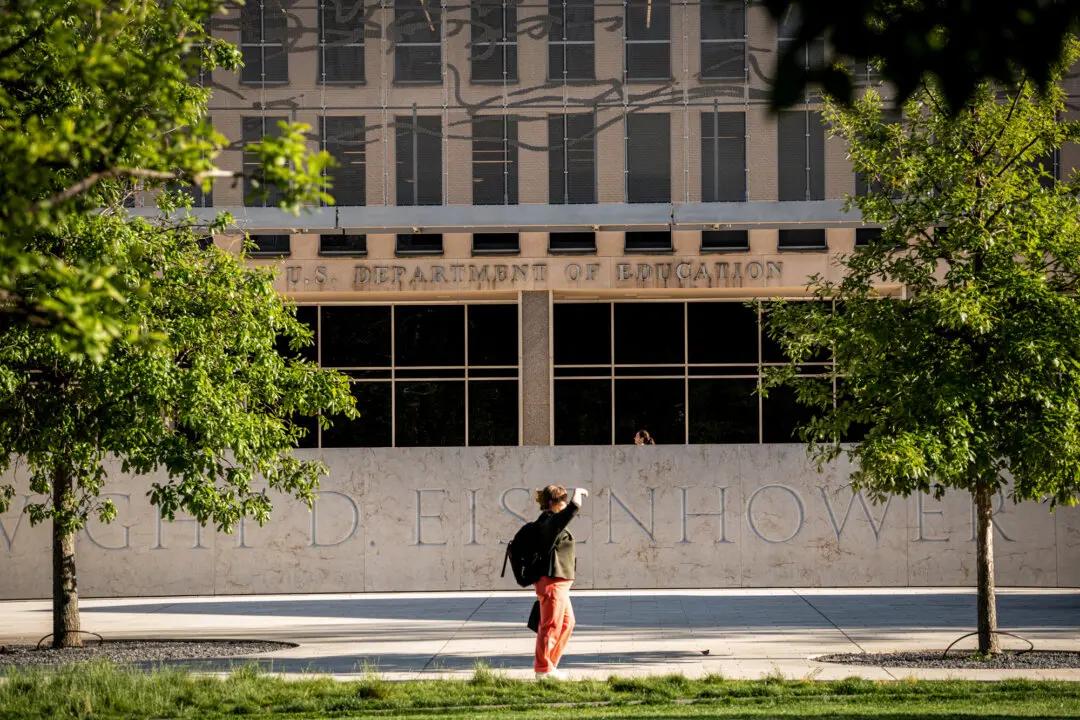The Massachusetts Institute of Technology (MIT) has reported a “significant” demographic change in its incoming first-year class, the first cohort admitted after the U.S. Supreme Court banned the use of racial preferences in college admissions.
According to enrollment data published on Aug. 21, about 5 percent of MIT’s 1,102-member Class of 2028 identify as black, a dramatic drop from its 13 percent average of recent years. Hispanic and Latino students make up 11 percent of the incoming freshmen population, compared to 15 percent of the school’s current undergraduate student body.





